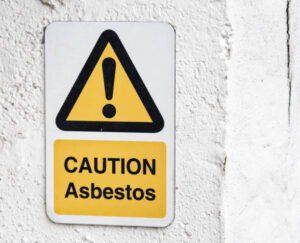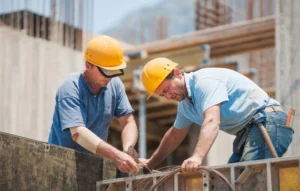
Do You Need an Asbestos Awareness Certificate?
Do You Need an Asbestos Awareness Certificate? If you work in construction, maintenance, refurbishment or property services, you’ve probably been asked for an asbestos awareness certificate at some point. Even if you’ve never knowingly worked with asbestos, the risk is that you might accidentally disturb asbestos-containing materials (ACMs) in older buildings—especially those built or refurbished… Read More







